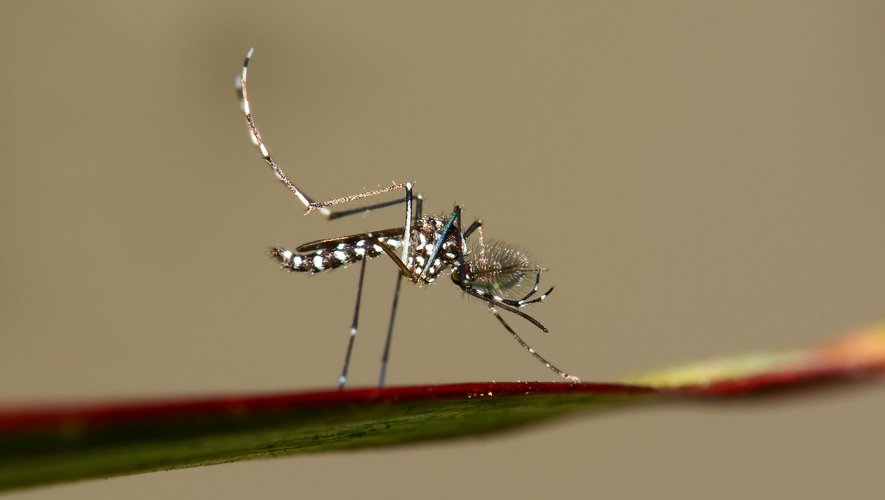In 2018, the tiger mosquito was established and active in 42 departments of metropolitan France. Today, 71 of the 96 departments are concerned. How to recognize this vector of dengue fever or chikungunya? How to react in the event of a bite? Or how to prevent its proliferation? Here are the answers.
How to recognize the tiger mosquito?
In fact, the name “tiger mosquito” can easily mislead as to the shape and color of aedes albopictus (this is the scientific name of the tiger mosquito). It is actually small in size (smaller than a 1 euro cent coin) and is not striped with yellow and black like fawn but with white and black. Other distinctive signs, and unlike many other mosquitoes, it does not rage at night but during the day. It is also quieter.
What diseases can transmit the tiger mosquito?
To become a vector of disease, the female mosquito must first become infected by taking the pathogen from an infected person or animal. The tiger mosquito can thus be a vector of many viruses such as dengue, Zika or chikungunya. “To date, these viruses are not actively circulating in mainland France. “, reassures the National Health Security Agency (ANSES). “Nevertheless, the occurrence of so-called ‘indigenous’ secondary cases (contracted without travel) may occur following the return of ‘imported’ cases. Persons carrying the virus from abroad can indeed transmit the virus to another person during a tiger mosquito bite. “
Where do they proliferate?
The tiger mosquito loves peri-urban environments as well as very dense urban areas. It also likes stagnant water. The female lays eggs in all kinds of containers and artificial water reservoirs: vases, gutters, pots… So to prevent their proliferation, regularly empty the cups under the flower pots, clean the gutters to facilitate the proper flow of water…
How do you know if you’ve been bitten?
“The itching sensation is felt quickly and intensifies for several minutes after the bite “, explains ANSES. “It usually causes a pimple resembling a somewhat flat blister, like a blister, 5 millimeters to 2 centimeters in diameter, a little lighter than the color of the skin, circular, with a red halo that can widen depending on the reaction some people’s skin. The pimple is usually hard, hot, and painful.”
How to avoid stings?
To avoid being devoured by mosquitoes, prevention is essential. It involves wearing long, loose and light-colored clothing, using skin repellents and mosquito nets.

